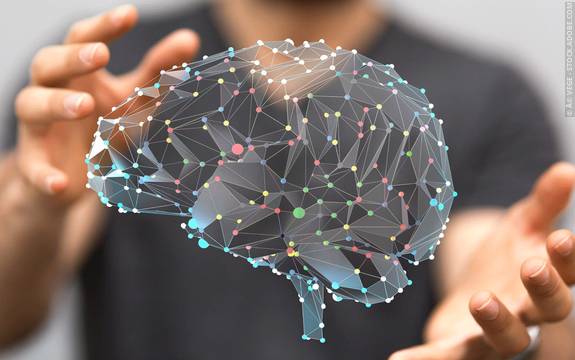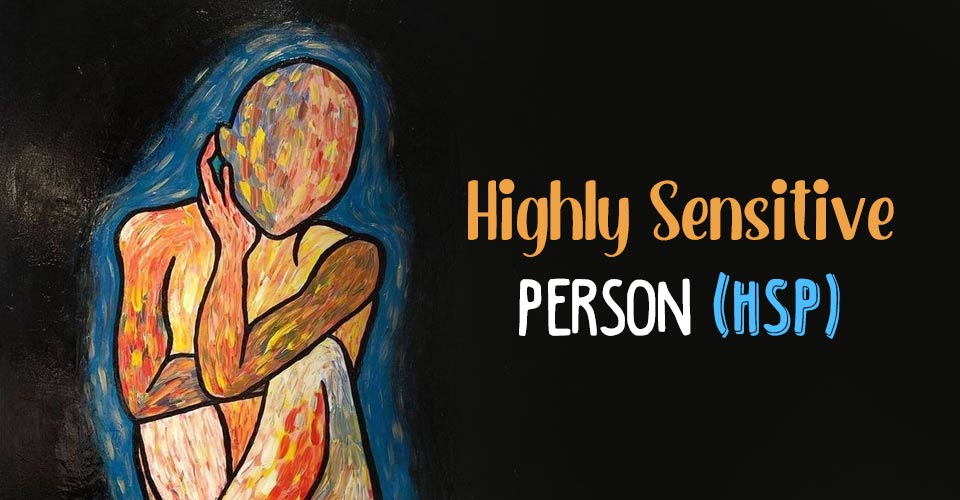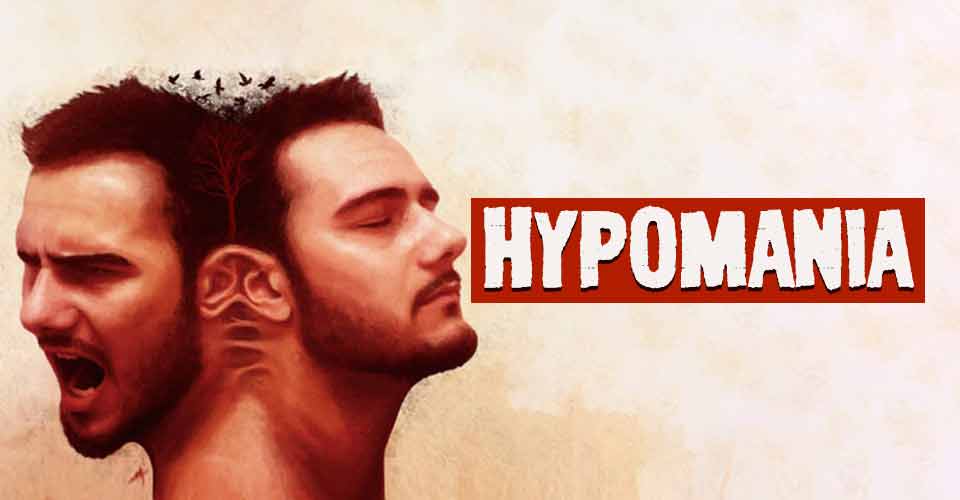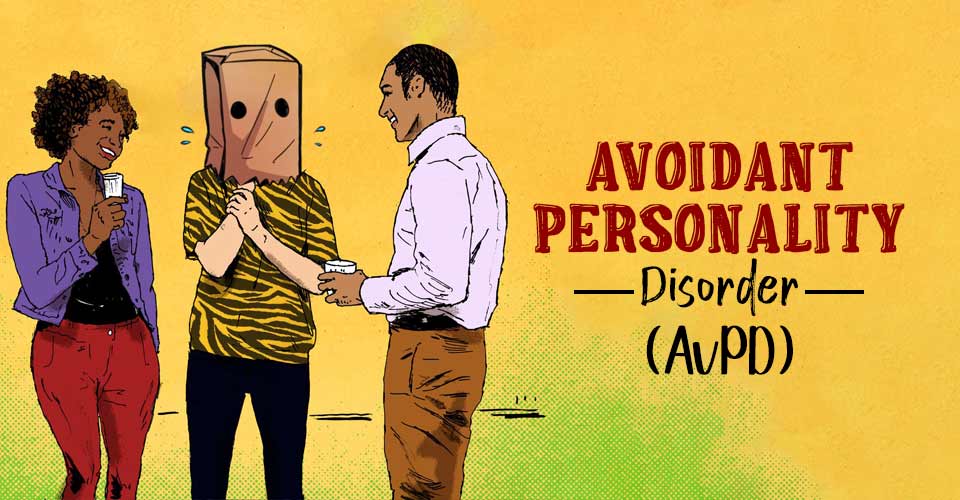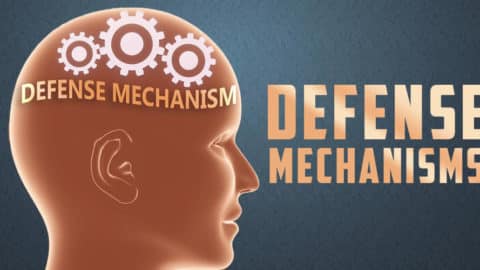Table of Contents
Learning theory refers to the various concepts about the process by which learners perceive and employ knowledge.
Understanding The Learning Theories
Learning refers to the process in which cooperative interaction with people results in the individual growth of a person. This process influences the modification, acquirement, and enrichment of an individual’s knowledge, skills, values, behaviors, attitudes, and perspectives. Learning theory refers to the abstract frameworks [mfn] Badyal, D. K., & Singh, T. (2017). Learning Theories: The Basics to Learn in Medical Education. International journal of applied & basic medical research, 7(Suppl 1), S1–S3. https://doi.org/10.4103/ijabmr.IJABMR_385_17 [/mfn] of different significant concepts that help the learners perform better.
These theories help the learners to achieve their personal goals and improve their behavior, adopt new knowledge and create and maintain healthy relationships. The definition of learning is explained and described by several researchers, but one specific theory is not enough to portray every person or every situation. These theories [mfn] Learning: Theory and Research. (2016). GSI Teaching & Resource Center. https://gsi.berkeley.edu/media/Learning.pdf [/mfn] help learners understand how knowledge is created and how they adopt it. It simplifies and organizes the concept of human learning.
Educators must have a thorough knowledge of several basic learning theories. Because it is extremely essential to understand how teachers can support, inspire, and motivate students. The theories help educators to understand the process of learning and how they can help learners to reach their different developmental goals.
Read More About Learning Theory Here
Types Of Learning Theory
These theories help educators to understand the rapidly changing technologies and their importance in student’s learning. The discipline of this learning theory includes numerous significant theories. But researchers identified seven important theories that learning designers utilize to enhance the process and make a better environment for learning. The most effective theories are:
1. Behaviorism theory
The behaviorism theory refers to the concept of the learners’ behavior. This learning theory explains that a learner’s behavior depends on their interaction with the environment. It suggests that human behavior can be influenced and learned from external forces rather than internal ones. This particular theory considers knowledge to be independent. Behaviorism sees a learner’s mind as a blank space where information should be provided for learning.
After researching this concept since the 19th century, psychologists have suggested that this theory aims to identify measurable changes in behavior. Studies [mfn] What Is Behaviorism? (n.d.). Wiley-Blackwell. https://www.blackwellpublishing.com/content/bpl_images/content_store/sample_chapter/9781405112611/baum_sample%20chapter_understanding%20behaviourism.pdf [/mfn] have shown that behaviorism provides an alternative view that counters the traditional perspectives about action as traditional views are mostly not scientific.
The primary idea of it includes a change of behavior because of the three popular elements:
- Positive reinforcement
- Acquisition
- Application associations between the learner and the environment
Influential behaviorist Burrhus Frederic Skinner [mfn] de Lourdes R da F Passos M. (2012). B. F. Skinner: the writer and his definition of verbal behavior. The Behavior analyst, 35(1), 115–126. https://doi.org/10.1007/BF03392270 [/mfn] mentioned his variant of behaviorism learning theory as ‘Operant Conditioning. Another behaviorist named Ivan Petrovich Pavlov [mfn] Samoilov V. O. (2007). Ivan Petrovich Pavlov (1849-1936). Journal of the history of the neurosciences, 16(1-2), 74–89. https://doi.org/10.1080/09647040600793232 [/mfn] termed his variant as ‘Classical Conditioning’ after his experiment.
The most common implication of positive reinforcement is by teachers helping the students to better learn a concept in a classroom. It results in the students retaining information moving forward as a positive effect of behaviorism theory.
According to behaviorism psychology, the two major types of conditioning are:
A. Classical conditioning theory
This particular concept [mfn] Rehman I, Mahabadi N, Sanvictores T, et al. Classical Conditioning. [Updated 2020 Aug 27]. In: StatPearls [Internet]. Treasure Island (FL): StatPearls Publishing; 2021 Jan-. Available from: https://www.ncbi.nlm.nih.gov/books/NBK470326/ [/mfn] has a major impact on the field of psychology. Russian psychologist Ivan Pavlov discovered the principles of this theory.
In his experiment with dogs, he observed that the dogs had begun to salivate after noticing the white coat of his lab assistant before being fed. With this evidence, Pavlov explained that learning occurs when an association is formed between a previously neutral stimulus and a naturally grown stimulus.
B. Operant conditioning theory
Behavioral psychologist Skinner invented this theory. Operant conditioning [mfn] Staddon, J. E., & Cerutti, D. T. (2003). Operant conditioning. Annual review of psychology, 54, 115–144. https://doi.org/10.1146/annurev.psych.54.101601.145124 [/mfn] is often termed instrumental conditioning.
Skinner argued that classical conditioning is not suitable for all types of learning. He showed his interest in knowing how the consequences of action influence behavior. The idea of this learning theory is also based on forming associations. According to this theory, learning occurs when an association is formed between a behavior and the consequence of that behavior.
2. Cognitivism theory
The Cognitivism theory [mfn] Yilmaz, K. (2011). The cognitive perspective on learning: Its theoretical underpinnings and implications for classroom practices. The Clearing House: A Journal of Educational Strategies, Issues and Ideas, 84(5), 204-212. https://doi.org/10.1080/00098655.2011.568989 [/mfn] is primarily concerned with the way people think. After emerging in the 1950s thanks to Wolfgang Kohler, this theory became dominant in the late 1960s. But this theory is mainly attributed to the renowned psychologist of the 20th century Jean Piaget [mfn] Scott HK, Cogburn M. Piaget. [Updated 2021 Apr 30]. In: StatPearls [Internet]. Treasure Island (FL): StatPearls Publishing; 2021 Jan-. Available from: https://www.ncbi.nlm.nih.gov/books/NBK448206/ [/mfn] as he explained each of the aspects of this theory constructively.
He rejected the idea that learners are passive and his work solely focuses on the environment and its internal structures. It suggests that both internal and external stimuli can influence the learners. Cognitivism refers to a theoretical framework of understanding the learner’s mind. It suggested that the theory of cognitivism is in contrast with behaviorism. It aims at the concept that learners not only respond to a stimulus but also process the information they receive.
Studies suggested that cognitive learning theory still consists of a behavior change, but that is in response to thinking and processing information. This theory portrays humans as rational creatures and explains the complexities of the human mind when it processes information. Over the years, the theory has developed and numerous sub-theories regarding unique learning and understanding elements have also been discovered.
Researchers have designed this learning theory in a way that understands learning as a product of thought, memory, motivation, problem-solving, knowledge, and reflection. Cognitivism has mentioned that learning occurs when the learners find new explanations, adapt old ones, and reorganize information. The most common implication of the cognitive theory is by teachers giving students enough opportunities to ask their queries, to fail, and to think out loud. These practices provide the knowledge to understand how their thought process works and how their minds utilize the information for better learning.
3. Constructivism theory
Having emerged in the 1930s-1940s, constructivism learning theory challenged both the notions of behaviorism and cognitivism. This learning theory is based on the concept of learners constructing their learning depending upon their prior knowledge and experiences. But the results cannot always be anticipated. It explains that learners absorb what they are being taught and add it to their previous knowledge and experiences. In this theory, learning seems to be an active process that is quite personal and different for each learner. Constructivism theory is mostly known for its immense contribution to the teaching process.
Studies [mfn] Jia, Q. (2010). A brief study on the implication of constructivism teaching theory on classroom teaching reform in basic education. International Education Studies, 3(2). https://doi.org/10.5539/ies.v3n2p197 [/mfn] have shown that constructivism allows teachers to act as more of a guide. Teachers can help the students to identify and construct their learning and understanding by utilizing this theory.
Despite being the most essential one, it creates many misconceptions and is not recommended when a consistent outcome is required. This learning theory becomes extremely crucial when it comes to helping different kinds of students, take their various experiences, and add them to the learning. The most common examples of constructivism include problem-based learning, group collaborations, research-based assignments, and creative projects in the classroom.
4. Humanism theory
Studies [mfn] Herman, & E, W. (1995). Humanistic Influences on a Constructivist Approach to Teaching and Learning. ERIC – Education Resources Information Center. https://files.eric.ed.gov/fulltext/ED393814.pdf [/mfn] have proven that the basic concept of humanism is very closely related to the idea of constructivism. Humanism learning theory is solely based on people’s self-actualization.
Self-actualization refers to the complete realization of a person’s potential. It describes the development of people’s abilities and appreciation for life. Researchers suggested that self-actualization is most important in the hierarchy of needs. It explains the brief moments when people feel all of their requirements are fulfilled.
Humanism mentions that one’s learning environment can either help to meet those needs or keep them away from meeting those requirements. This specific learning theory is not about accomplishing particular learning goals.
However, students or learners are at the center of this theory and teachers play the role of facilitators or coaches. The most common implication of humanism theory is that, educators identify the unique requirements of each student and motivate their academic and social development. Such classroom environments are the most beneficial and effective for students’ learning.
5. Social learning theory
Social learning theory was developed by Canadian psychologist Albert Bandura. This theory contains three primary elements. The first element mentions that people learn through their observations while the second one displays the importance of internal mental conditions in the learning process. The final element explains that learning doesn’t always result in a change of behavior.
This learning theory suggests that people learn within a social context. This specific theory mentions three significant concepts that can facilitate the process of learning. The concepts include observational learning, imitation of attitudes/behavior/emotional reactions, and modeling. Social learning theory consists of four important mediational processes also such as retention, reproduction, attention and motivation.
- Retention: It refers to how well people remember the behavior.
- Reproduction: It refers to the ability to perform the behavior.
- Attention: It suggests the degree to which people notice the behavior.
- Motivation: It refers to the will that can emulate the behavior.
The most common example of this theory is that children often imitate family members, cartoon characters, famous figures, or friends. There is a meaningful reward for perceiving such behavior that the children will perform at some point.
6. Connectivism theory
Behaviorism, cognitivism, and constructivism are the three most significant learning theories that hugely contribute to the creation of an instructional environment. These theories became dominant when learning was not associated with technology. Technology has become the everyday tool for people to reorganize how they communicate, learn, and most importantly live. Connectivism [mfn] Goldie J. G. (2016). Connectivism: A knowledge learning theory for the digital age?. Medical teacher, 38(10), 1064–1069. https://doi.org/10.3109/0142159X.2016.1173661 [/mfn] is considered to be one of the newest educational learning theories.
The basic concept of this theory suggests that people learn and grow when they start to form connections. The connections can be formed in various ways. People can form connections with each other or with their hobbies, goals, their roles, obligations in life, or with anything that influences learning.
It is inherently one of the future-focused theories. It focuses on the changing nature of knowledge acquisition in the digital age. Constructivism revolves around what a person already knows while Connectivism explains what a person needs to know. It reflects the scenario of the ever-changing digital landscape. One of the most common utilizations of this theory is by teachers helping students to make connections to things that influence and excite them, connections with each other or within peer groups. The effective use of digital media can form positive connections to learning.
7. Experimental theory
The primary basis of this theory is learning by doing. It focuses on the idea that one can learn things in the best way only by having experiences. The experiences help the learners to retain information and remember facts. Psychologist David Kolb first proposed the theory of experimental learning. Kolb suggested, “Experimental learning is the process whereby knowledge is created through the transformation of experience.” It differs from the cognitive and behavioral theory in defining the role of mental processes. Kolb mentioned four important steps in the experimental learning theory cycles which include:
- Experimental learning is initiated by a concrete experience.
- The experience demands reflection.
- This theory suggests abstract thinking to reach the conclusion.
- Then the conceptualization of the meaning of experience leads to a decision to act.
Extending Learning Theories
Learning theories are of great significance as they help teachers in implementing their responsibilities. Every student’s level of experience and learning is different from each other. Learning theories play a vital role when it comes to arriving at the desired learning outcome despite the differences in experience and learning. Learning theories provide a detailed framework that consists of several guidelines, explanations, and predictions for behavior and action. However, these theories are extremely important for teachers as well as learners.
Frequently Asked Questions
What is the main idea of behaviorism?
Behaviorism focuses on observable behaviors and the ways they’re learned through interactions with the environment, emphasizing reinforcement and punishment.
What is classical conditioning?
Classical conditioning is a learning process where a neutral stimulus becomes associated with a meaningful stimulus, eliciting a conditioned response.
What does constructivism emphasize in learning?
Constructivism emphasizes that learners build knowledge through experiences and reflections, actively constructing their understanding.
